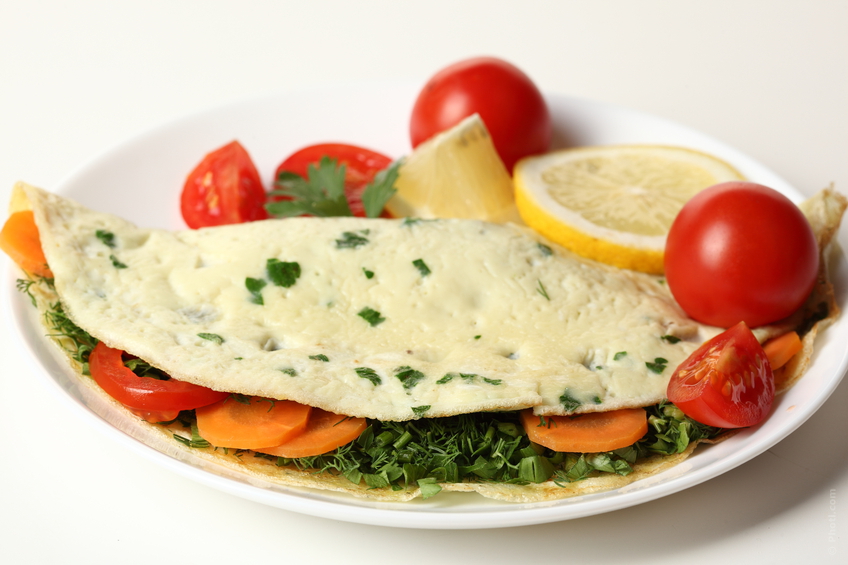Childhood Obesity Prevention: Healthier School Lun...
Childhood Obesity: Significance
There are several national health observances for the month of September. Of these, childhood obesity awareness may be among the most significant and timely in our society today. In terms of numbers, or prevalence of childhood obesity, one in three, or approximately 1/3 of American children fall into an overweight or obese (weight) category.
Unfortunately, malnutrition is common in the U.S., includes both over- and under-nourishment. The most common form of malnutrition (‘mal’ means ‘bad,’ ‘wrongful’ or ‘ill’) is obesity. Malnourished children are not necessarily ‘thin.’ In a world full of extremes, there are many children, of all shapes and sizes, not eating well enough for optimal growth, development and disease prevention.
Childhood Obesity: Awareness and Education
A First Lady must have her cause … for Michelle Obama it’s childhood obesity prevention. By drawing attention to the topic and being a self-nominated spokesperson, she can use her influence to encourage funding/program development. Her claims to fame include the “Let’s Move” and “We Can!” campaigns.
Childhood Obesity Prevention: Healthier School Lunches
The National School Lunch Program (NSLP) is making some strides. Schools across the country are incorporating vegetarian meals (more veggies in general) into their lunch menus. The San Diego Unified district started a ‘meatless Mondays’ program. They offer garden veggie burgers, sunflower seed butter and jelly sandwiches and fresh salads.
In 2012, the USDA introduced new standards for American school lunch offerings to combat malnutrition and childhood obesity. School lunches should now feature whole grains, low-fat milk, more fruit and a healthier mix/selection of vegetables.
Based on results of a survey from 2005, serving more fruits and a healthier vegetable mix did slightly increase students’ vegetable consumption, although total consumption was still too low. Availability of alternatives (choices) mattered in this survey – students at schools without à la carte options and those with only healthy à la carte options, had higher intakes of dark green vegetables.
Other good news: the percentage of school districts that allowed soda/soft drink advertising dropped significantly, 13%, from 2006 to 20012. In addition, the percentage of districts that prohibited junk food in vending machines (over the same time period) increased by about 14%. Soft drinks and junk foods in schools are less prevalent nationwide.
According to the Centers for Disease Control and Prevention (CDC), the amount of nutrition-related information sent home to parents (on caloric content of foods available to students, etc.) is up as well as the overall nutritional standards in schools. Perhaps not ‘groundbreaking’ but certainly good news in the fight against childhood obesity.










